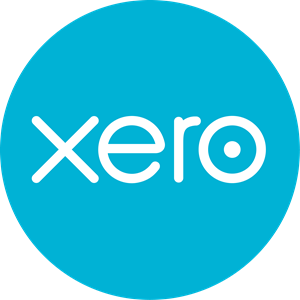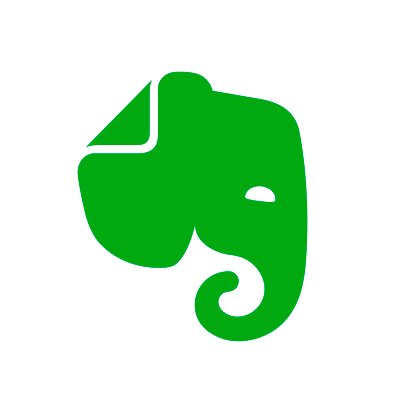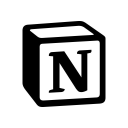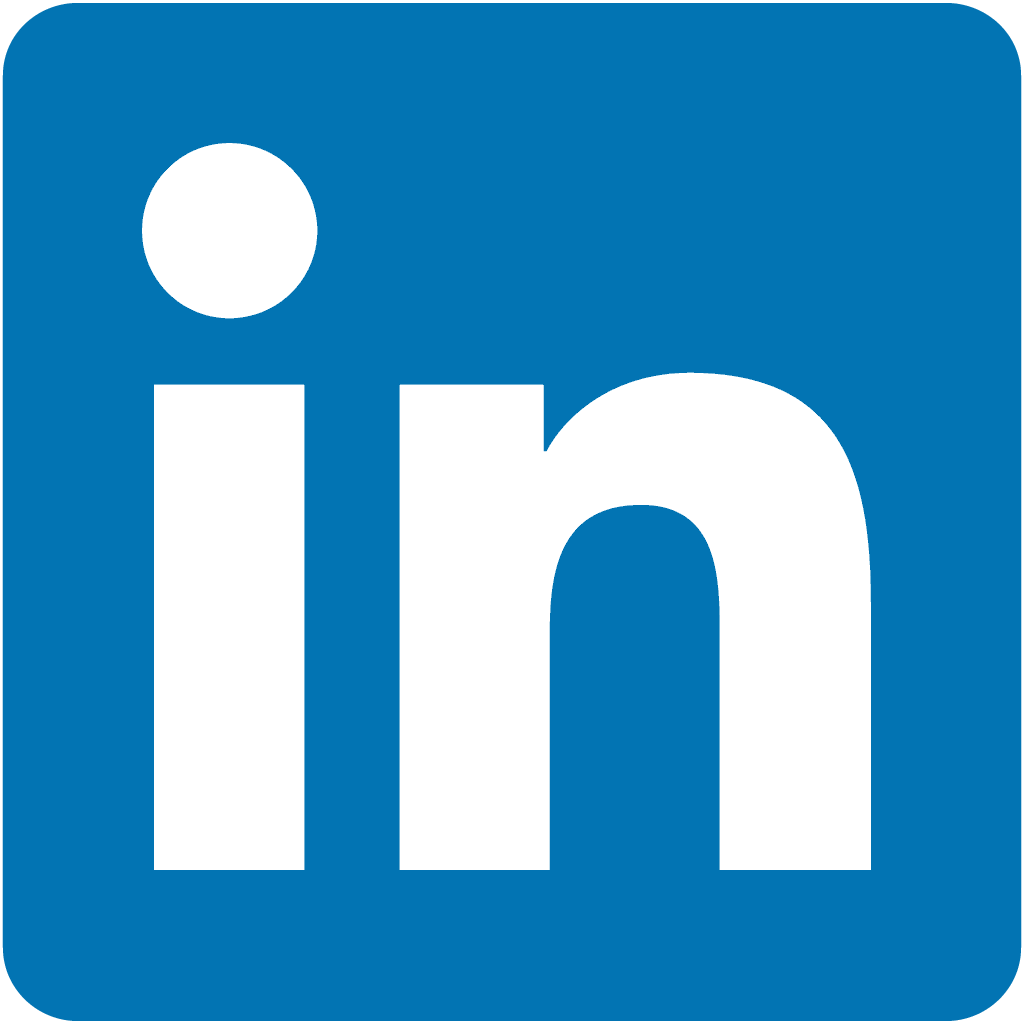How I Turned My Jobs on Upwork Into A Full Scale Marketing Agency
Hello! Who are you and what business did you start?
Hi! I’m Daryl and I run the show at Big Flare. We’re an online Pay-Per-Click (PPC) advertising agency that helps small to mid-sized e-commerce businesses to grow quickly, using paid traffic.
When I started this business my dream was to create a successful location-independent company that I could run from anywhere with an internet connection, and that’s exactly what I have built.
So it probably comes as no surprise then that my team is 100% location-independent, scattered across North America, Europe, and South-East Asia, and we all work from home or co-working spaces. Despite all this, we have a strong culture of teamwork and collaboration.
Our main service is Google Ads, where we spend over $3M per year on ads for our clients. Because we’re dedicated to helping our Ecommerce clients to grow using online advertising, we also build and manage ad campaigns across Facebook, Instagram, YouTube, and Bing. Basically, if there’s an online traffic source that can help Ecommerce stores to grow you can bet we have our eyes on it!

What's your backstory and how did you come up with the idea?
It was the summer of 2012 in London, UK. At this point, I’d been working in (other people’s) advertising agencies for the best part of a decade. London was a great city and I enjoyed my career. However, I was getting tired of the stressful lifestyle, the commute, the office politics, and the grey, dreary weather.
I figured I was going to burn out if I kept on at it, so I saved up some money, enough to take a sabbatical from work and fund a year-long travel binge to cure my malaise.
When I started this business my dream was to create a successful location-independent company that I could run from anywhere with an internet connection, and that’s exactly what I have built.
I was a few months away from doing that when I read The 4-Hour Work Week by Tim Ferriss and had an epiphany. Instead of spending my savings on a year-long holiday, I could invest it in starting a location-independent business. I could travel and work on my own terms!
I moved back into my parents’ home in Asia, and managed to keep my costs low while I lived off my savings.
At first, I was adamant that my new work life was going to be nothing like the old one. I wasn’t going to do advertising anymore, I wasn’t going to work with clients, I wasn’t going to hire people. It’d just be me and my ninja internet marketing skills, paying the bills. I started out making affiliate websites, reviewing products and then linking to Amazon where I’d get a commission if any of my readers clicked a link and bought the product. I also experimented with monetising my content website through advertising on Google’s Adsense network.
My greatest “success” at that point was a website reviewing GPS fitness watches. It made a GRAND TOTAL of $200 USD per month! Needless to say, this was not the business success I was hoping for.
I was OK with ploughing on with this line of work for a while but eventually, certain circumstances came about that forced me to earn more money. Specifically, I met a girl. I remember the first date we went on, I asked her to split the bill. She did not look impressed. I went home and resolved to do something about my lack of significant income, ASAP.
Not long after that, I had put up a profile on Upwork.com (or as it was called back then, Odesk.com). I listed my years of experience in online advertising and started doing small jobs for cheap or even for free, anything to get some hours logged on my profile and some five star reviews.
That was probably when Big Flare was started. At first it was just me, but after working hard to make sure I did well on my first few clients, and after much online networking, my client list grew. I started to get word-of-mouth referrals. Prospective clients started knocking on my digital door.
My business grew, and before long there was too much for one person to handle. I reached the point where I needed my first hire. I started out with hiring sub-contractors, also through Upwork. At first, I was sort of like a “one man band, plus a few helpers”. The helpers did specific tasks and I had to tell them exactly what to do.
Eventually, I realized that if I wanted to grow further, I needed something more than sub-contractors. I needed team members. People who I could show our company vision, and invite along for the ride. People who would not need to be delegated specific tasks, but rather could be given roles, responsibilities, and goals and who would go about achieving those their own way, using their own creativity.
When it was just me plus sub-contractors, it felt like 1 + 1 = 1.5
I would add an extra person in, and only get half a person’s output back, as they’d either be less capable or less motivated than me, or a bit of both.
But when it came to hiring team members, if became more a case of 1 + 1 = 3.
When you give other people roles and goals, and ask them to achieve those the way they think is best, you unleash their creativity and allow them to excel in whatever way they are best at, and you often get solutions you’d never have thought of yourself.
As I came to this realisation, and as my own motivations grew and evolved, Big Flare “grew up” as a company. Of course, we’re not “there” yet, but we now have a team of five with a shared vision plus goals and targets that chart out the next 10 years of business. The past couple of years we grew our annual revenue at around 50%. It’s not huge and it’s not sexy, but that suits me just fine. And our ten year target is to continue on at this slow and steady pace, year in, year out. If we can continue to do that, we’ll be a $10M+ company within 10 years.
Take us through the process of building out your team and services.
Big Flare arose more thruogh a slow evolution over time. My business trajectory kind of looked like this:
- Build up experience in advertising agencies by working for someone else
- Quit all that and have a stab at doing affiliate marketing
- FAIL
- Start selling PPC advertising services as a freelancer
- Grow in business and hire sub-contractors
- Grow in mindset and hire team members
- Commit to the agency model and plan out the next ten years
After point number 7, we did still go through a lot of experimentation before we found out sweet spot: being the PPC growth partner for SMB ecommerce companies.
At one point we were a Facebook Ads specialist agency. At another point we were focussed entirely on lead generation and SaaS clients. But it was really the Ecommerce and Google Ads side of things that really kicked off, and since I realised that, that’s what we’ve been focused on.
Launching the business
We never really had an official launch. I basically started from affiliate marketing, to becoming a PPC freelancer, who began sub-contracting work out, and then eventually scaling up to form an agency.
I supposed December 2013 may have been when we became a “proper” company - Big Flare Limited was finally officially registered then.
I set up our website on Squarespace in one afternoon, and we’ve stuck with that ever since. The interface is very simple to use, and it was a much better experience than Wordpress which I was previously using, which I found was slow and complicated to change.
I first started getting work off Upwork. I started out with providing cheap or even free services in return for five star reviews. And then I got my first big client who paid me USD3,000/month.
With the other work I was doing, I found myself earning $4,000 a month, which was a huge improvement over the $200 a month I was earning before that!
Since launch, what has worked to attract and retain customers?
At first, we attracted new clients entirely through what I call “founder-driven sales.” This is a fancy way of saying I networked and hustled my ass off. I become involved in online business groups, location independent business meetups, I joined masterminds, I talked to as many people as I could. This naturally led to more clients.
If you want to go down this route then my advice is to get on a freelancing platform like Upwork and research what skills companies are hiring for. Shortlist the ones that interest you, pick one and then and learn it.
This easily got us to around $10K per month in revenue, but we plateaued there. The next part of the puzzle was to figure out how to create a repeatable sales system, that I could easily scale up or scale down at the flick of a switch, and that wasn’t entirely dependent on me investing my time in it all the time to get it to work.
I tried a few different things, such as cold email, LinkedIn outreach, and content marketing before figuring out our sweet spot: Facebook Ads. Now we’ve a funnel set up on Facebook ads that I’m able to scale up or down according to our needs, by adjusting the campaign budgets.
We have a couple of funnels set up on Facebook. The first one is a case study funnel. We write a case study on the blog, showcasing our awesome results, then we advertise that case study on Facebook ads, targeting similar businesses to the one that is featured in our case study.
People who click on that ad and read the case study show interest in what we do, and those are the people we then retarget with an offer-focused call-to-action ad. This call-to-action is usually to schedule an appointment to get on the phone with me and have a free strategy session.
The other main funnel we have is a video ads funnel. We target people who fit our ideal client profile with video ads which feature me talking to camera, educating them about relevant PPC strategies and tactics.
These video ads are 100% educational. There’s no call-to action in the video, I don’t try to get anything out of them - it’s pure value for the viewers. People who watch all of the video are likely to be interested in us and what we have to offer. We then use Facebook’s video audience retargeting feature to target people who watched the entire video, and then we once again make them the same offer as above.
This works because Facebook videos are very cheap - our latest ad was able to reach over 10,000 people for under $100. People watch lots of videos on Facebook these days and having an “edutainment” video ad makes it easy and enjoyable for them to engage with our brand. Seeing my face and hearing my voice helps to build trust as well.
When we then retarget people who’ve watched most or all of the video, the overall cost of reaching an engaged and likely-to-convert audience is way lower than a lot of other forms of B2B advertising.
How are you doing today and what does the future look like?
Now that we have 10, 3 and 1 year goals in place, the future has started to look a lot clearer. Within 3 years we’re looking to have grown to over $640K in revenue, and all we have to do to achieve that is stay committed to maintaining the 50% year on year growth we comfortably achieved the past 2 years.
We’re not super profitable at the moment as I re-invest all our profits into the business. As our revenue has grown we’ve been able to add writers for our blog, add coders to help develop custom scripts for our workflows, start advertising on social media, and more. My goal for the next 1-2 years is to continue to make little profit and just reinvest it all. From around about the third year onwards, we’ll start keeping some of the profit, building out our warchest in anticipation of doing bigger things with it in the future.
In the shorter term, one of our goals is to become an “EOS” (Entrepreneurial Operating System) company. EOS is a business-building system taught by a guy called Gino Wickman. He wrote a great book on it called Traction and there’s a whole coaching system too where you are able to sign up with an EOS accredited business coach. I’m not signed up for the coaching, but am following the book like an instruction manual. Some of the next tasks on the list to becoming an EOS company include mapping out our Accountability Chart, filtering all team members through the People Analyzer, and defining our core processes.
At the moment the team consists of 5 core team members spread across five different countries and timezones. In the next three years the plan it to take this team count up to around 10, and to have hired our first non-accounts team members. That is, to have hired the first team members that aren’t doing client ad campaigns. At the moment, the team handles the client campaigns and I oversee that and handle everything else, such as sales, marketing, HR, finances, etc. So in the next three years I aim to have hired out some of those other functions as well, allowing me to have more focus in my day to day work.
Through starting the business, have you learned anything particularly helpful or advantageous?
Always look for leverage - leverage whatever it is you have to your advantage. If you have a skill that you can sell online, use that! Look for leverage before you go into a business, try to maximise it if you somehow have an “in” into whichever industry you’re planning to get into.
If you’re in a new industry, and completely new, with no advantage in that industry - you’ll be starting from the bottom. That’s really, really hard, and even with the best intentions and plans, most businesses end up failing.
To avoid that seek whatever advantage you might have and try not to start from the bottom floor.
What platform/tools do you use for your business?
For task management, we use Asana. It’s a robust and powerful project management tool that allows us to schedule in repeatable tasks and plan ahead of schedule - both which are very important to what we do.
I like that my team and I can communicate about tasks in a thread under each task. We use Asana for our client projects and asynchronous communication, which is critical for a remote team in different time zones.
We use Slack for synchronous communication - we have a company policy of two crossover hours a day, which means for two hours a day, everyone on the team has to be online from 5.30pm Bangkok time.
Slack is brilliant because it can integrate other apps. For example if one of our client ad campaigns suddenly stops working, we can get an automated notification right in Slack. We’ve also connected Slack to Notion, which is a bit of a swiss army knife of a tool. We use Notion for all our company documentation, processes, wikis, and more. Whenever an update is made in Notion, the integration will post the update into the relevant chat channel in Slack, ensuring that all the team knows what’s going on.
I also use Better Proposals, an online service that turns boring PDF sales proposals into an interactive website that supports videos, interactive pricing tables, and rich media. As proposals are hosted on Big Flare’s domain, each proposal I send out gets its own unique URL.
Finally for billing, we use Stripe, probably the best credit card processor for online businesses. It allows us to charge our clients’ credit cards directly. This omits the need to dealing with sending invoices, chasing late payments or nagging clients to send wire transfers.
Together with Stripe, we also use Chargebee, a subscription billing and management software that plugs into Stripe and manages our subscription payments. That way, clients only need to enter their credit card details once, and their month payments will be automatically charged.
What have been the most influential books, podcasts, or other resources?
The 4-Hour Workweek by Tim Ferris was very influential; it was the book that got me started on building my own business. I’ve definitely grown way past it now, but at that point in my life this book was utterly critical in providing my the motivation, knowledge and permission to start my own thing.
Traction by Gino Wickman is another good one - it gives you an operating system to manage and grow a small business. It covers everything from setting and planning goals, hiring and firing, creating processes and even sales and marketing!
Dynamite Circle is a community for location-independent business people. They have monthly meetups, annual conferences and plenty of mini-conferences pretty much every significant city in the world. It’s a tight-knit community with just over a thousand entrepreneurs. I’ve met friends, colleagues, referral partners, potential business partners, and clients through it. Not to mention, I’ve had an absolute blast hanging out with smart, motivated, ambitious entrepreneurs through it.
Lastly, there’s AgencySavvy which is a community for online advertising professionals and agency owners. There’s plenty of discussions on the forums on the latest Google Ads tactics and strategies and how to run and grow an agency.
Advice for other entrepreneurs who want to get started or are just starting out?
My advice is to leverage your strengths, start with what you know. If you don’t know what business you want to do, it’s probably easier to start with a service business rather than a product business.
Service businesses are definitely not as sexy but you can get started without having to put in any money - you’ll only have to invest your time and effort.
If you want to go down this route then my advice is to get on a freelancing platform like Upwork and research what skills companies are hiring for. Shortlist the ones that interest you, pick one and then and learn it - there are many good online courses that you can sign up for that cost very little.
Once you've acquired those new skills, go out and sell them on the freelancing platform! Don’t start out expecting to earn mega bucks. At first, the money is not important, what is important is building credibility on the platform by logging hours worked and getting positive reviews. Offer to work for cheap or free if you need to, just make sure to get five star reviews for your work. Always ask happy clients for referrals and testimonials. If you do all that, you’ll soon have enough business that you can afford to start hiring people and turn your freelancing career into an agency business.
Where can we go to learn more?
If you have any questions or comments, drop a comment below!

Download the report and join our email newsletter packed with business ideas and money-making opportunities, backed by real-life case studies.

Download the report and join our email newsletter packed with business ideas and money-making opportunities, backed by real-life case studies.

Download the report and join our email newsletter packed with business ideas and money-making opportunities, backed by real-life case studies.

Download the report and join our email newsletter packed with business ideas and money-making opportunities, backed by real-life case studies.

Download the report and join our email newsletter packed with business ideas and money-making opportunities, backed by real-life case studies.

Download the report and join our email newsletter packed with business ideas and money-making opportunities, backed by real-life case studies.

Download the report and join our email newsletter packed with business ideas and money-making opportunities, backed by real-life case studies.

Download the report and join our email newsletter packed with business ideas and money-making opportunities, backed by real-life case studies.




































